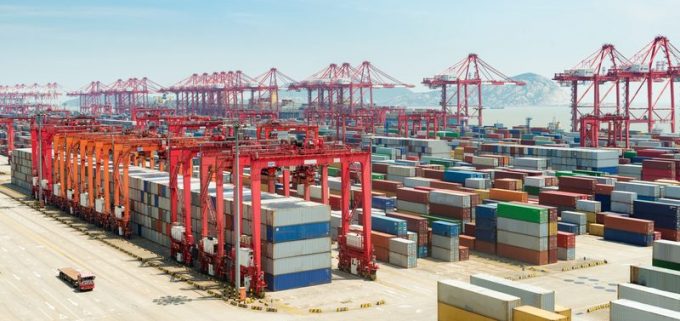Survey results: the biggest concerns for forwarders and shippers in 2025
Forwarders are expecting to make greater use of the spot market this year, even as ...

Container freight rates on the main east-west trades continued at elevated levels this week, although some routes began to see pricing tail off.
Today’s reading of the Freightos Baltic Index shows the spot rate between Asia and the US east coast slip to $7,358 per 40ft, down from $7,477 per 40ft last week.
And transatlantic shippers saw spot rates on the North Europe-US east coast trade, which had doubled since beginning of April, decline to $4,076 per 40ft, from $4,274 last week.
Meanwhile, ...
Trump tariffs see hundreds of cancelled container bookings a day from Asia
'To ship or not to ship', the question for US importers amid tariff uncertainty
'Disastrous' DSV-Schenker merger would 'disrupt European haulage market'
'Chaos after chaos' coming from de minimis changes and more tariffs
Forto 'sharpens commercial priorities' as it lays off one-third of staff
List of blanked transpac sailings grows as trade war heats up and demand cools
EC approves DSV takeover of DB Schenker
Overcapacity looms for ocean trades – with more blanked sailings inevitable
Amazon Air’s metamorphosis: 'a different air cargo unit from two years ago'
Shippers in Asia restart ocean shipment bookings – but not from China
India withdraws access for Bangladesh transhipments, in 'very harmful' decision
'Tariff hell' leaves industries in limbo – 'not a great environment to plan'


Comment on this article